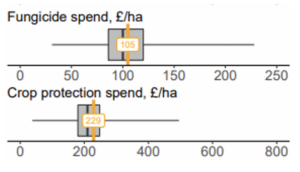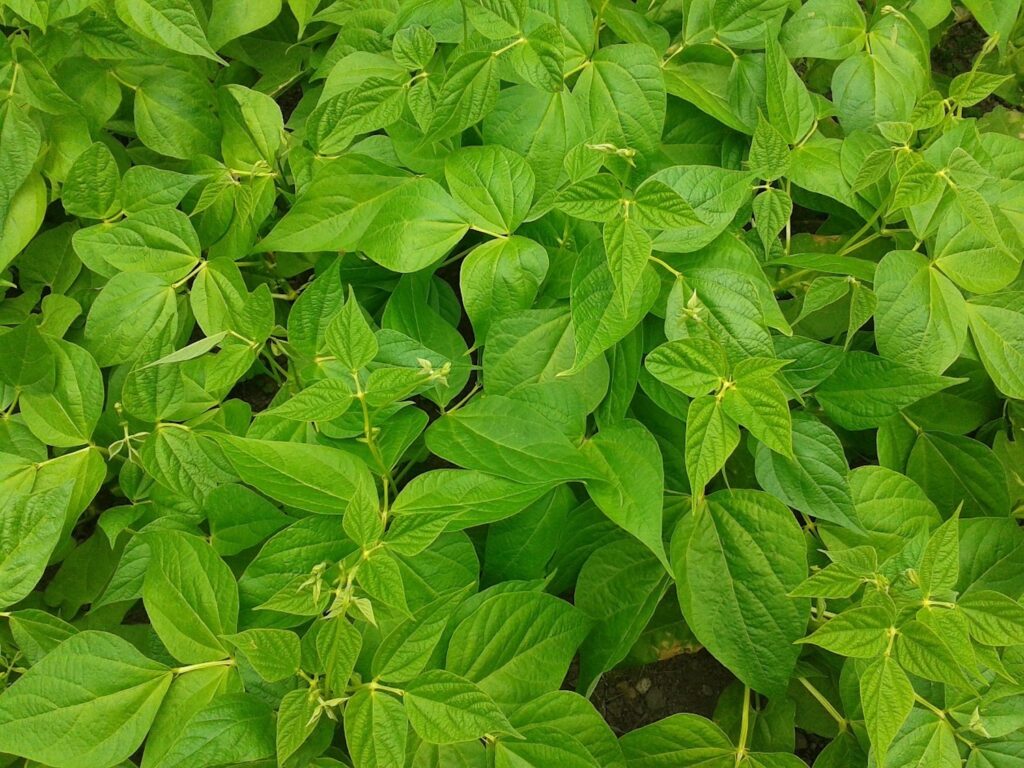Keeping your finger on the pulse when it comes to break crops
1st March 2022
Looking for a break crop which offers a solid return and gives your next crop the best start? Pulses could be the answer, says ADAS.
As the weather turns milder, many growers have already started planting their carefully planned 2022 arable rotation. OSR prices have reached historic highs, causing a rebound in popularity in most areas of the country.
However, in areas where cabbage stem flea beetle did the most damage both to crop health and grower confidence, growers remain understandably wary of hedging their bets for harvest 2022 on OSR.
Instead, they seek a break crop that offers a solid return, is more suited to the changeable British climate, and sets their next crop off to the best possible start. Thanks to their nitrogen fixing properties, pulses have fantastic potential to fulfil that role.
The benefits of beans are numerous. By introducing pulses into the rotation, the follow-on requirement for artificial nitrogen is reduced. Hence the release from nitrogen fertilisers of nitrous oxide, a greenhouse gas almost 300 times more potent than carbon dioxide, is reduced.
Even more significant is the effect on the following harvest. For a first wheat following beans, the value in additional wheat yield is likely to be around £159/ha to add to a saving in applied nitrogen of circa 50–70kg/ha. Introducing pulses can also help alleviate cereal pests and disease pressure, allowing growers the opportunity to control grass weeds within their arable rotation.
Benchmark your beans
The Bean Yield Enhancement Network (YEN) seeks to support pulse growers to achieve more of their potential. Last year, one in 10 bean crops yielded over 7t/ha and offered some exciting insights into what makes a high yielding bean crop.
Being part of a wider network like YEN means bean growers objectively know where they are now and what they could potentially achieve by monitoring the nutritional, physiological and quality parameters of their beans, ADAS says. YEN benchmarking ‘box and whisker’ charts allow growers to see where they stand in comparison to others. Benchmarking is done on 40+ features including fertiliser input, seed sown per m2, sow date, crop nutrition, soil pH, and harvest date.

An example of a benchmarking ‘box and whisker’ chart from Cereal YEN. The yellow line represents the grower spend, the grey box is the range of spend by the majority of YEN growers.
Having this detailed information to hand can also alter behaviour by encouraging growers to pay close attention to their crop and make the incremental changes that translate into real gains.
The Bean YEN is proudly in partnership with the Processors and Growers Research Organisation (PGRO), the UK’s centre of excellence for pea and bean production and research. Sponsored places are available, allowing bean and pea growers to avail of this knowledge at no financial cost.
Entry is open to all growers now – visit www.yen.adas.co.uk/projects/bean-yen

